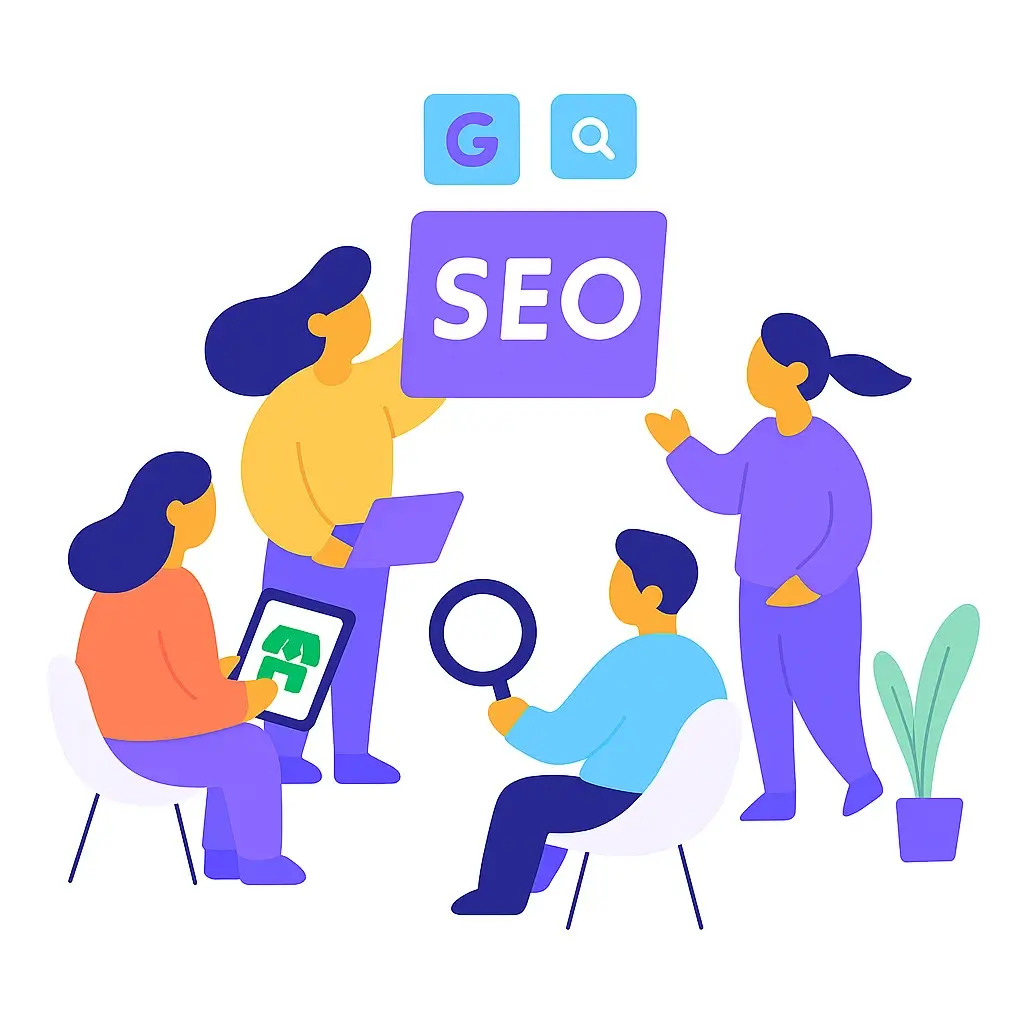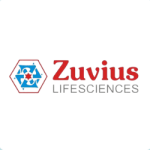Want to know how to rank on Google? You need the right content, a crawlable website, and real trust signals. Samir didn’t buy ads or learn to code; he followed a simple SEO plan that brought real people to his site. You can do the same.
Why Isn’t Your Website Getting Visitors?
Samir owns a bakery in a quiet town. His pies? Legendary. His website? A ghost town.
Sound familiar? Maybe you’re selling something great. Maybe you’ve poured hours into a blog or crafted a product you know people need. But you check your traffic, and it’s flat.
The problem isn’t you. It’s that most sites never get seen. Not because they’re bad, but because they’re missing a few key things Google looks for.
That’s what we’re going to fix. No jargon. No paid tools. Just simple steps anyone can follow.

Start with content. Always.
Think of content like the voice of your business. It’s how you explain what you do. It’s how people connect with you.
Don’t write to trick search engines. Write to help people.
Someone searching “how to fix cracked sourdough” doesn’t want a perfect essay. They want an answer. Fast.
So, give it to them.
Use simple words. Write like you speak. Answer one question per post if that’s easier.
Add your own experience. If you fixed your sourdough using steam, tell that story. Google loves original examples. So do readers.
Keep it fresh. Update posts. Remove what’s outdated. You don’t want someone landing on a guide from 2018 with broken links.
Use keywords naturally. If people search for “best home pie crust,” use that phrase. But don’t stuff it into every line. Google is smarter than that. Sprinkle it in the title, one header, and a few body paragraphs. Done.
Want to go deeper? Use Google’s People Also Ask to see what else people search for related to your topic. Add those questions as sections.
Make your website crawlable.
You can have amazing content, but if your site is messy, Google won’t find it.
Keep URLs simple. Instead of www.samirspies.com/page?id=9321 , use www.samirspies.com/cherry-pie.
Link your pages together. Mention blueberry pie on your apple pie page. That helps users navigate and keeps them on your site longer.
Use clear navigation. If it takes more than two clicks to reach your best page, it’s too buried.
Make it mobile-first. Most people search on their phones. If your site breaks or takes forever to load, people leave. So does Google.
Check your site speed using PageSpeed Insights. Compress large images. Avoid fancy scripts unless you really need them.
Use HTTPS. It tells users your site is secure. It’s also a ranking factor.
Add structure with code, even if you don’t code.
You don’t need to be a developer to do this part. Tools can help.
Use clear page titles. Each page should have a unique one. For example, “Samir’s Cherry Pie Recipe – Homemade Goodness.”
Add meta descriptions. These are the blurbs under your link on search pages. They should explain what the user will get.
Use headings to guide the reader. Start with an H1 that covers your main topic, keep it under 70 characters. Follow with an H2 that explains what it’s about, also under 70.
Use H3s for key points. If you need to break it down more, go with H4s. Keep it simple. Don’t get stuck trying to be perfect.
Add alt text to images. Describe what’s in them. This helps with accessibility and lets Google understand your content better.
Use schema markup. It’s like giving Google a cheat sheet. If your page is a recipe, let Google know. Use Google’s Rich Results Test.
If you use WordPress, install plugins like Yoast SEO or Rank Math. They make this step super easy.
Build trust over time.
Google pays attention to whether people trust you.
Show your face. Add a photo. Use your name. Tell people who you are. If you’re writing about baking, mention how long you’ve been doing it.
Collect reviews. Ask happy customers to leave feedback on your Google Business Profile.
Link to reputable sources. If you learned a tip from King Arthur Baking, say so. Link to their guide. That helps your credibility.
Use quotes, studies, or stats. Back-up claims. That’s part of building EEAT — Experience, Expertise, Authoritativeness, Trustworthiness.
You can learn more about EEAT from Google’s Search Quality Guidelines.
What the Google leak taught us (from the source)
In early 2024, a developer quietly shared thousands of internal Google documents. He wasn’t chasing fame or money. He simply believed users — like you — deserved to know the truth. That we’ve been misled.
Those files revealed something big: Google uses Chrome data and click data in rankings. Despite years of public denial. We’re talking about “good clicks,” “bad clicks,” long clicks, engagement time — all measured, stored, and used.
The documents also revealed:
- Google saves versions of pages and tracks every change.
- There’s something called NavBoost that reranks results based on behavior.
- Sites can be demoted if users seem unhappy, or links are off-topic.
- Longer posts may get penalized if they aren’t useful.
- Entities (authors, brands) are tracked and scored.
It’s not just theory anymore. It’s how Google works.
The guy behind the leak explained in a video that many Googlers — even respected ones — may have unintentionally spread misinformation over the years. They weren’t always lying. But they were protecting a system they weren’t allowed to fully explain.
What does this mean for you?
Stop trying to game the system. Focus on:
- Creating better pages.
- Delivering real value.
- Earning natural clicks.
- Getting genuine links.
- Building a brand people recognize.
There’s no shortcut. And spam tactics don’t work like they did in 2010.
So let’s move forward with the truth. Build trust. Write clearly. Be consistent.
What’s the First SEO Plan You Should Follow?
That’s it. Start there.
Keep learning, keep improving. SEO isn’t a one-time thing. It’s ongoing, like caring for a garden.
If you want examples, check out:
SEO can feel overwhelming. But once you break it down, it’s just about helping people find what they’re already looking for.
And if Samir can do it, so can you.
How Can You Get 10x More Website Traffic Using a Free SEO Technique?
3 Simple SEO Fixes You Can Learn from the Video
Start strong — your opening paragraph should give a clear answer to the reader’s question right away. Don’t make them dig for it.
Match your H1 and meta title — keep them clear, focused on your main keyword, and working together.
Pay attention to what’s already ranking — check the format and intent behind top results, and shape your content to fit what searchers expect.
What Are the Most Common Questions About How To Rank On Google?
How do I get ranked on Google search?
Create useful content, use keywords naturally, earn backlinks, and improve your website experience.
How is Google ranking calculated?
Google looks at content quality, relevance, backlinks, user behavior, and technical site health.
How do I get Google PageRank?
While it’s no longer public, PageRank still matters. Focus on earning quality backlinks from trusted sites.
How long does it take to rank #1 in Google?
It depends on your competition, content quality, and SEO strength. Usually 3–6 months or more.
What is a 5-star Google rating?
It’s the highest customer review score you can get on your business profile on Google.
How do I increase my Google star rating?
Ask happy customers to leave reviews and respond kindly to all feedback.
Is a 3-star rating bad?
It’s average. Better than nothing, but aim for 4+ stars to build strong trust with users and Google.
How to remove 1-star reviews?
If the review is fake or abusive, report it to Google. Otherwise, encourage more positive reviews to outweigh it.
Can I delete my Google rating?
You can delete reviews you wrote, but not reviews others leave about you. You can report inappropriate ones.
How does Google calculate star ratings?
It’s the average of all your review scores. More high-rated reviews improve your total rating.
How to improve Google profile ranking?
Keep your Google Business Profile updated, respond to reviews, and post photos regularly.
How much does it cost to rank on Google?
Organic SEO is free but takes time. Hiring experts or running ads costs money depending on your goals.
What is a good Google rating?
A 4.2–4.8 star rating is considered good and trustworthy by most users.
How to increase your Google star rating fast?
Offer great service and ask happy customers to review you. Avoid fake or paid reviews.
How to calculate average rating manually?
Add all star scores together, then divide by the number of reviews.
















